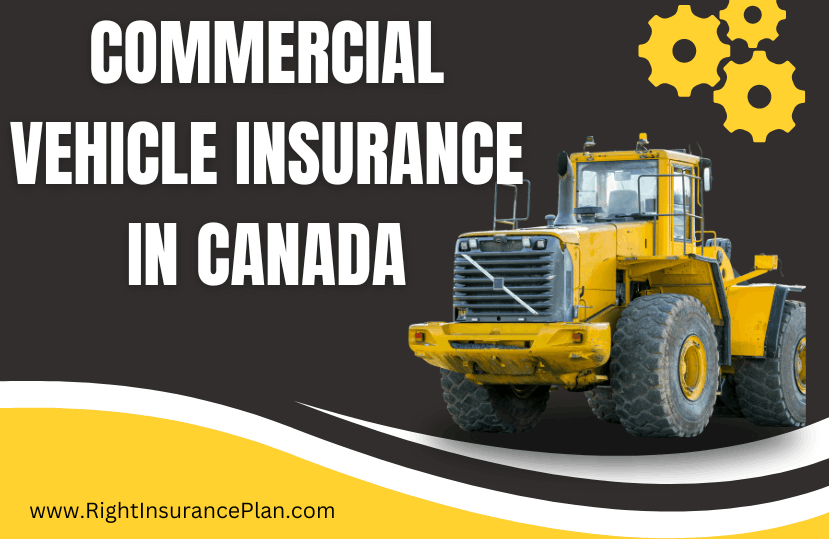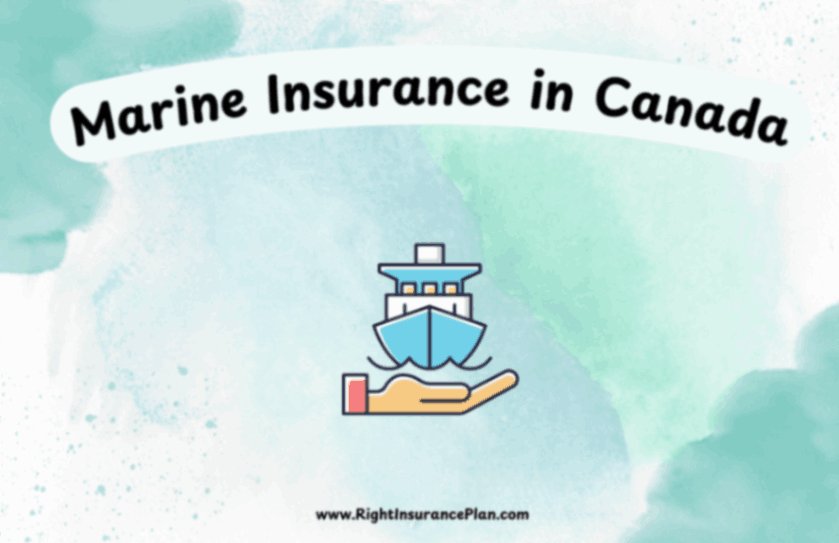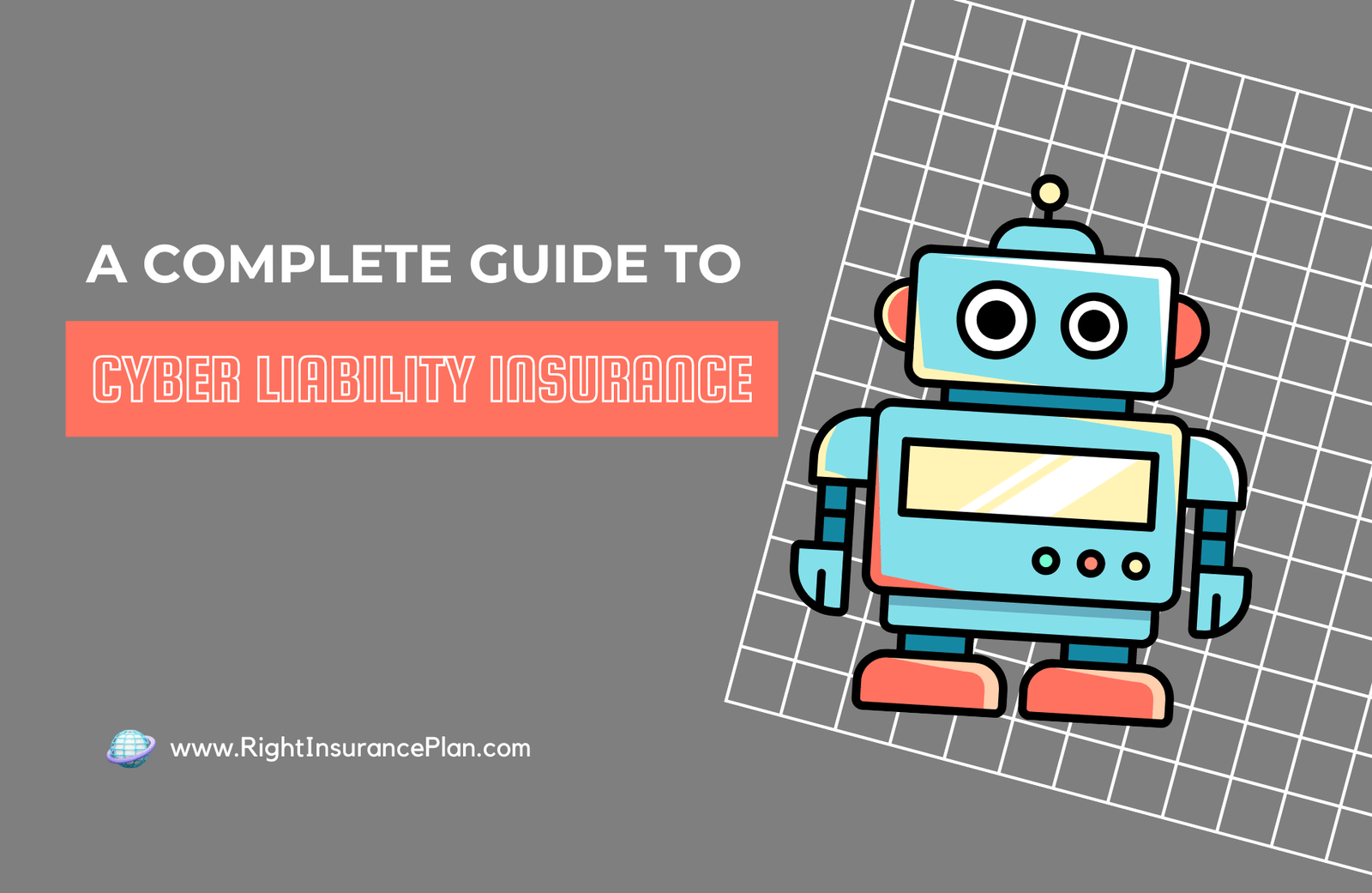
Commercial Vehicle Insurance in Canada
Commercial vehicle insurance is a crucial aspect of running a business in Canada that involves the use of vehicles. Whether you operate a small delivery service or manage a large fleet of trucks, having the right insurance coverage is essential for protecting your business assets, employees, and the public. In this blog post, we'll explore the ins and outs of commercial vehicle insurance in Canada, including recent trends, legal requirements, and factors that influence premiums.
The Importance of Commercial Vehicle Insurance
Commercial vehicle insurance offers higher liability limits, covers a wider range of vehicles, and provides additional coverage options specific to business use. The importance of having adequate commercial vehicle insurance cannot be overstated, as it:
1. Protects your business from financial losses due to accidents or damage
2. Ensures compliance with legal requirements
3. Provides coverage for employees who drive company vehicles
4. Offers protection against liability claims from third parties
5. Safeguards your business reputation
Legal Requirements in Canada
In Canada, commercial vehicle insurance requirements vary by province and territory. However, all jurisdictions mandate a minimum level of third-party liability coverage. As of 2024, the minimum required coverage ranges from $200,000 in some provinces to $500,000 in others. It's important to note that these minimums are often insufficient for many businesses, and higher limits are strongly recommended.
Additionally, some provinces require specific coverage for certain types of commercial vehicles. For example, in Ontario, vehicles with a gross weight of more than 4,500 kg must carry at least $1,000,000 in liability coverage.
Types of Commercial Vehicle Insurance Coverage
1. Third-Party Liability: This is the mandatory coverage that protects against claims for bodily injury or property damage caused to others.
2. Collision Coverage: This covers damage to your vehicle resulting from a collision with another vehicle or object.
3. Comprehensive Coverage: This protects against non-collision-related damage, such as theft, vandalism, or natural disasters.
4. Specified Perils: Similar to comprehensive coverage but limited to specific risks listed in the policy.
5. All Perils: Combines collision and comprehensive coverage.
6. Cargo Insurance: Covers goods or materials being transported.
7. Non-Owned Automobile Coverage: Protects your business when employees use their vehicles for work purposes.
8. Accident Benefits: Provides coverage for medical expenses, income replacement, and other benefits in case of injury.
Recent Trends and Data
According to recent data from the Insurance Bureau of Canada (IBC), commercial auto insurance premiums have been on the rise in recent years. Several factors contribute to this trend:
1. Increased repair costs: Modern vehicles are equipped with advanced technology, making repairs more expensive.
2. Higher accident rates: Despite improvements in vehicle safety, accident rates for commercial vehicles have remained relatively stable.
3. Distracted driving: The prevalence of smartphones and in-vehicle technology has led to an increase in distracted driving incidents.
4. Severe weather events: Climate change has resulted in more frequent and severe weather-related claims.
5. Fraud: Insurance fraud continues to be a significant issue, driving up costs for insurers and policyholders alike.
The IBC reports that in 2023, the average commercial auto insurance premium in Canada was approximately $1,800 per vehicle, representing a 5% increase from the previous year. However, this figure varies widely depending on factors such as vehicle type, usage, and location.
Factors Influencing Commercial Vehicle Insurance Premiums
1. Vehicle Type and Use: The type of vehicle and its intended use significantly impact insurance costs. For example, a heavy-duty truck used for long-haul transportation will typically have higher premiums than a small delivery van used for local deliveries.
2. Driver Experience and Records: The driving history of your employees plays a crucial role in determining premiums. Drivers with clean records and more experience generally result in lower insurance costs.
3. Claims History: Your business's past claims experience is a key factor in premium calculation.
4. Coverage Limits and Deductibles: Higher coverage limits and lower deductibles generally result in higher premiums, but also provide more comprehensive protection.
5. Geographic Location: Operating in urban areas with higher traffic density and accident rates typically leads to higher premiums compared to rural areas.
6. Industry-Specific Risks: Certain industries, such as hazardous materials transportation, face higher risks and consequently higher insurance costs.
7. Fleet Size: Larger fleets may benefit from economies of scale, potentially resulting in lower per-vehicle premiums.
8. Safety Programs and Technology: Implementing robust safety programs and utilizing advanced safety technologies can lead to premium discounts.
Tips for Reducing Commercial Vehicle Insurance Costs
1. Implement a Comprehensive Safety Program: Develop and enforce strict safety policies, including regular driver training and vehicle maintenance.
2. Leverage Telematics: Use telematics devices to monitor driver behavior and vehicle usage, which can lead to safer driving practices and potential premium discounts.
3. Increase Deductibles: Opting for higher deductibles can lower your premiums, but ensure your business can afford the out-of-pocket expenses in case of a claim.
4. Bundle Policies: Consider combining your commercial auto insurance with other business insurance policies for potential discounts.
5. Regular Policy Reviews: Review your coverage annually to ensure it still meets your business needs and explore opportunities for savings.
6. Maintain a Good Credit Score: In some provinces, insurers may use credit scores as a factor in determining premiums.
7. Hire Experienced Drivers: Prioritize hiring drivers with clean driving records and extensive experience.
8. Consider Usage-Based Insurance: Some insurers offer programs that base premiums on actual vehicle usage, which can benefit businesses with low mileage or seasonal operations.
Emerging Trends in Commercial Vehicle Insurance
1. Usage-Based Insurance (UBI): UBI programs are becoming increasingly popular, allowing businesses to pay premiums based on actual vehicle usage and driving behavior.
2. Artificial Intelligence and Machine Learning: Insurers are leveraging AI and ML to improve risk assessment, fraud detection, and claims processing.
3. Autonomous Vehicles: As self-driving technology advances, insurers are beginning to develop new products to address the unique risks associated with autonomous commercial vehicles.
4. Cyber Risk Coverage: With the increasing connectivity of commercial vehicles, insurers are starting to offer coverage for cyber-related risks.
5. Environmental Considerations: Some insurers are offering discounts or specialized coverage for electric and hybrid commercial vehicles.
Case Study: The Impact of COVID-19 on Commercial Vehicle Insurance
The COVID-19 pandemic has had a significant impact on the commercial vehicle insurance landscape in Canada. During the height of the pandemic, many businesses experienced reduced operations, leading to fewer vehicles on the road and a temporary decrease in claims frequency.
However, as the economy rebounded, new challenges emerged. Supply chain disruptions led to increased costs for vehicle parts and repairs, while labor shortages in the transportation sector resulted in higher wages and potentially less experienced drivers entering the workforce. These factors have contributed to upward pressure on insurance premiums.
Additionally, the pandemic accelerated the growth of e-commerce and last-mile delivery services, leading to an increase in the number of commercial vehicles on the road and new insurance needs for businesses adapting to changing consumer behaviors.
Conclusion
Commercial vehicle insurance is a complex but essential aspect of running a business in Canada that involves the use of vehicles. As the landscape continues to evolve due to technological advancements, changing regulations, and economic factors, business owners must stay informed and regularly review their insurance needs.
You can also check the information regarding Two-Wheeler Insurance In Canada
FAQs:
1. What is commercial vehicle insurance?
Commercial vehicle insurance covers a wide range of vehicles, from cars and vans to trucks and specialized equipment.
2. Who needs commercial vehicle insurance?
Any business that uses vehicles for work-related purposes needs commercial vehicle insurance. This includes delivery services, contractors, trucking companies, and even businesses that have employees who use their vehicles for work.
3. How is commercial vehicle insurance different from personal auto insurance?
Commercial policies typically offer higher liability limits, cover a wider range of vehicles, and include coverage options specific to business use. They also often cover multiple drivers and protect cargo.
4. What does commercial vehicle insurance typically cover?
Standard coverage usually includes liability protection, collision coverage, comprehensive coverage, and sometimes cargo insurance. Additional options may include non-owned auto coverage, rental reimbursement, and roadside assistance.
5. Is commercial vehicle insurance mandatory in Canada?
Yes, all provinces and territories in Canada require a minimum level of liability coverage for commercial vehicles.
6. How are premiums calculated for commercial vehicle insurance?
Factors include the type and value of vehicles, their use, the driving records of employees, the business's claims history, coverage limits, and the nature of the business.
7. What is fleet insurance?
Fleet insurance covers multiple vehicles under a single policy. It's often more cost-effective for businesses with several vehicles.
8. Does commercial vehicle insurance cover goods being transported?
Basic policies may not cover cargo. Businesses often need to add cargo insurance or inland marine coverage for transported goods.
9. What is non-owned auto coverage?
This covers your business when employees use their vehicles for work purposes.
10. How does telematics affect commercial vehicle insurance?
Telematics devices can monitor driving behavior and vehicle usage. Many insurers offer discounts for businesses that use telematics to promote safe driving.
11. What happens if an employee gets into an accident while driving a company vehicle?
Your commercial policy should cover damages, but the specifics depend on your coverage and the accident circumstances. It's important to report all incidents promptly to your insurer.
12. Are there special requirements for transporting hazardous materials?
Yes, businesses transporting hazardous materials often need higher liability limits and may require specialized coverage.



